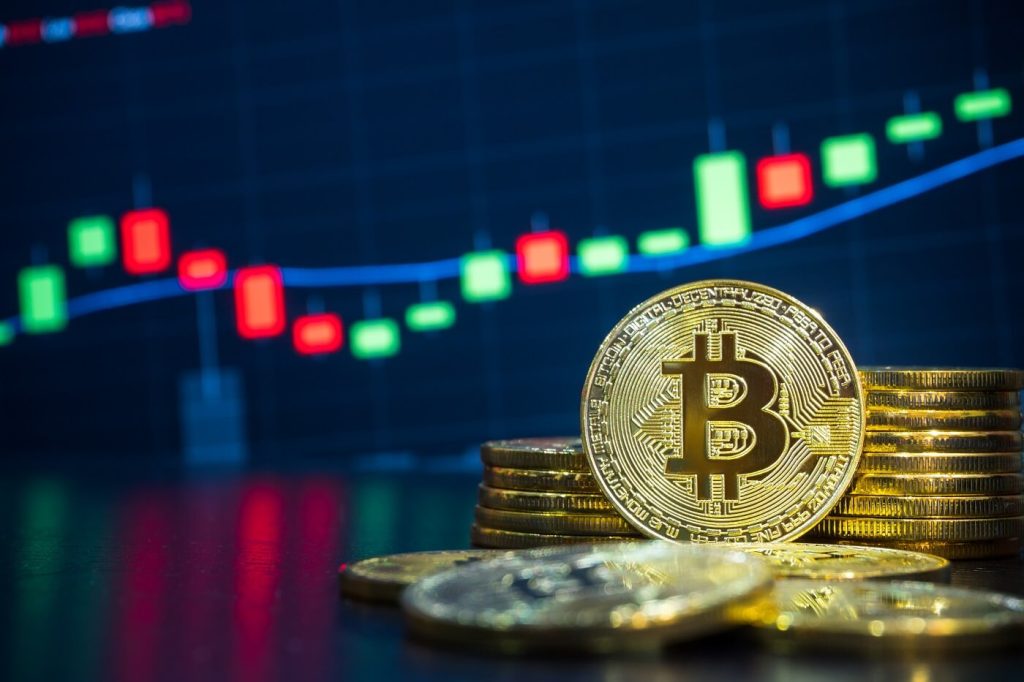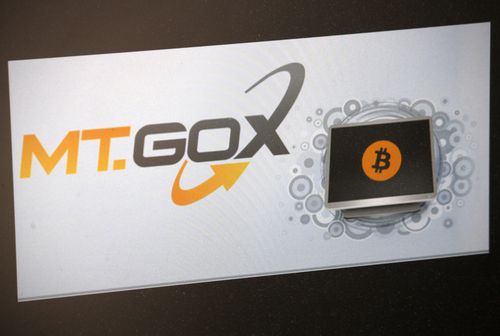Bitstamp to distribute Mt. Gox BTC from July 25

Bitstamp plans to distribute Mt. Gox Bitcoin and Bitcoin Cash as from Thursday, July 25. The exchange will have a separate distribution plan for customers in the UK. Bitstamp announced on Wednesday that the crypto exchange had received Bitcoin (BTC) from Mt. Gox and that it would begin distribution to creditors on Thursday. The exchange […]
Bitcoin hovers near $66.5k as Mt.Gox users ‘choose to hodl’

Bitcoin price still hovers above $66k despite Mt. Gox repayments. Analysts say on-chain data shows most BTC holders receiving the repayments are choosing to hodl. BTC price may benefit from this, with a potential to rebound to recent highs. Bitcoin traded to above $66,500 on Wednesday morning as the market looked to bounce following fresh […]
Swan Bitcoin halts IPO plans and shuts down mining operations

Swan Bitcoin delays IPO plans due to shutdown of its mining operations. CEO cites reduced revenue from mining as reason for halting IPO efforts. Mining sector faces challenges, with firms like Bitfarms and Northern Data adapting. Swan Bitcoin, a financial services firm specializing in Bitcoin investments, has announced a significant strategic shift. Cory Klippsten, the […]
Mark Cuban: Inflationary Pressure Could See Bitcoin Become Global Reserve

Inflationary pressure and geopolitical uncertainty could see Bitcoin become a global reserve currency, states Cuban The billionaire believes Trump’s lower tax rates and tariffs could push up Bitcoin’s price Elon Musk plans to commit $45m a month to back Trump’s presidential run US billionaire Mark Cuban believes that through a combination of inflationary pressure and […]
StarkWare verifies first zero-knowledge proof on Bitcoin

StarkWare has verified the first zero-knowledge (ZK) proof on the Bitcoin. It’s part of the core Starknet developer’s plans to scale Bitcoin for mass adoption. StarkWare has achieved a historic feat by completing the first zero-knowledge proof verification on the Bitcoin network, according to the details posted on X on Wednesday. The blockchain developer revealed […]
Crypto gambling — how does the future of secure gambling look?

Online gambling is a huge part of the casino world, but there is a small percentage of players who worry about its security — welcome, cryptocurrency casinos. It’s 2024, and although crypto casinos are nothing new, there is a wide range of some of the huge household names now utilizing this form of payment to […]
Mt. Gox moves Bitcoin worth nearly $2.8 billion

Mt.Gox has moved over 44,500 BTC worth over $2.8 billion to an internal wallet. The price of BTC fell slightly after the transfer, retreating to around $62,835. On-chain data shows a wallet linked to Mt. Gox has just moved more than $2.8 billion worth of Bitcoin. The huge transfer comes as Bitcoin price looks to […]
Messier AI GPU Nodes: Refining GPU Resource Management Using AI

A Gateway to Streamlined and Secure AI Operations Messier AI GPU Nodes represents a groundbreaking platform designed to redefine the management and utilization of computational resources with artificial intelligence. By integrating cutting-edge AI technology, Messier Nodes delivers an intuitive and economical solution for operating machine learning and deep learning models, ensuring high quality and cost-efficiency […]
Hello world!
Source link
Core Scientific the first buyer of Block’s 3nm Bitcoin mining ASICs

Core Scientific buys Block’s 3nm Bitcoin ASICs in a major deal between the two companies. The deal boosts Core Scientific’s hash rate by 60%, enhancing efficiency and profitability. The deal between Block and Core Scientific aims to redefine Bitcoin mining standards, leveraging advanced ASICs. Jack Dorsey’s financial services company Block has finalized a major deal […]